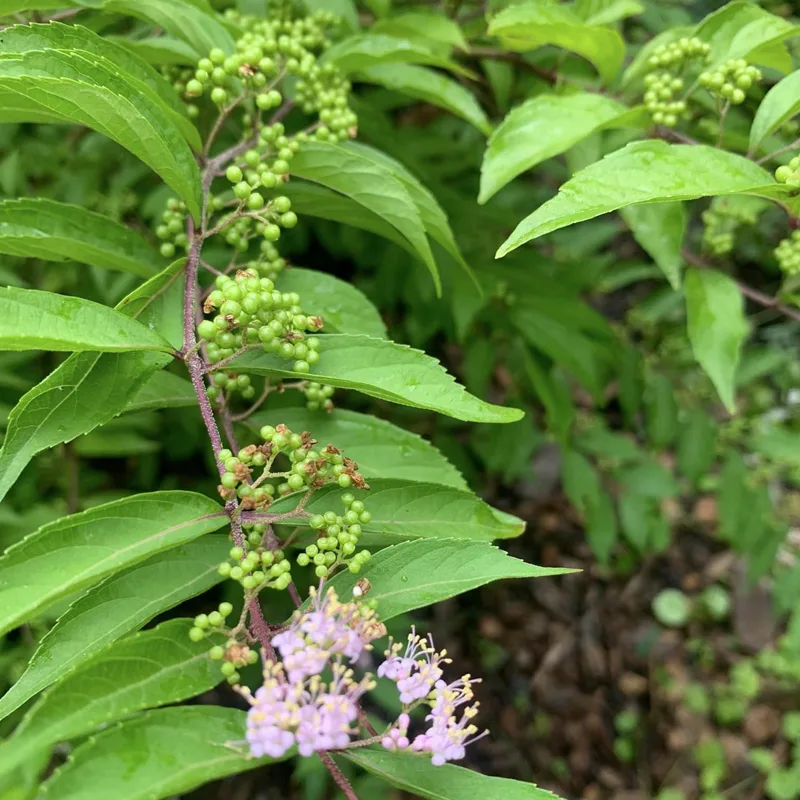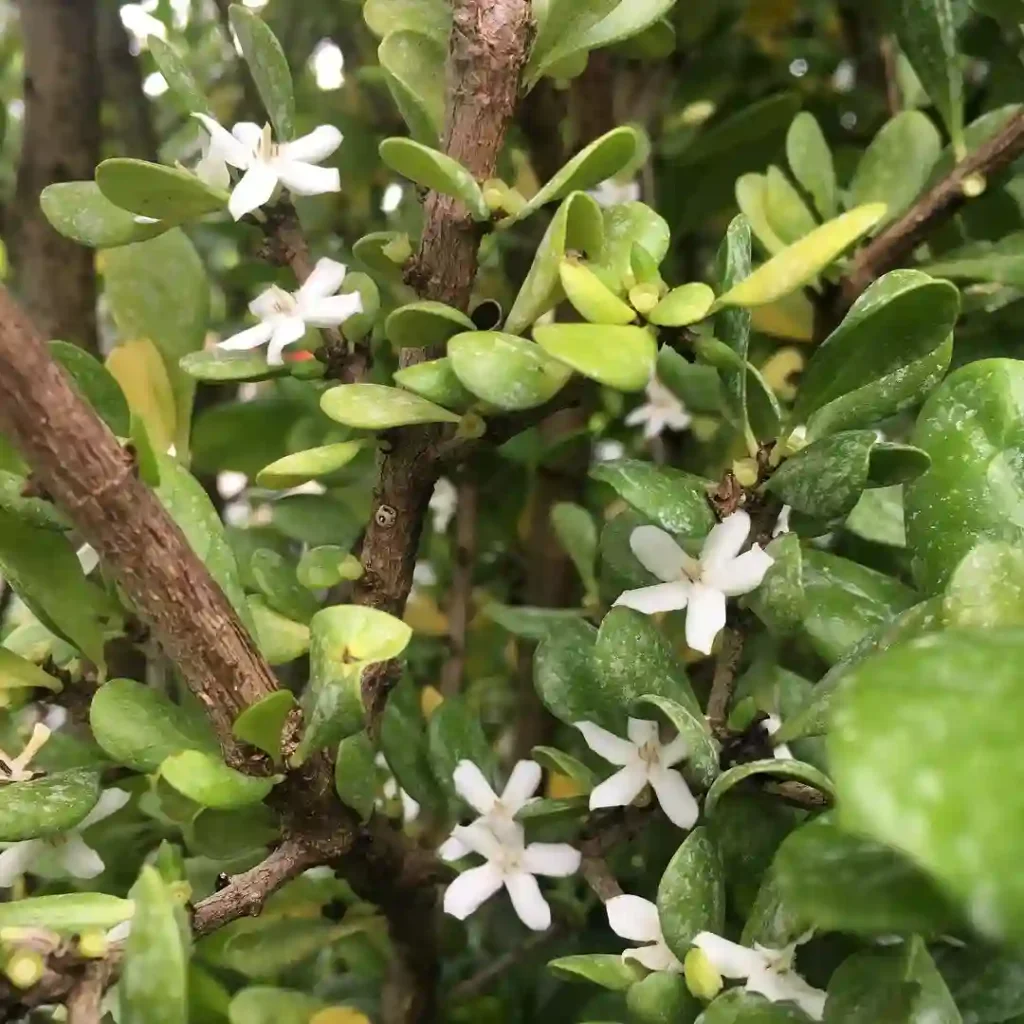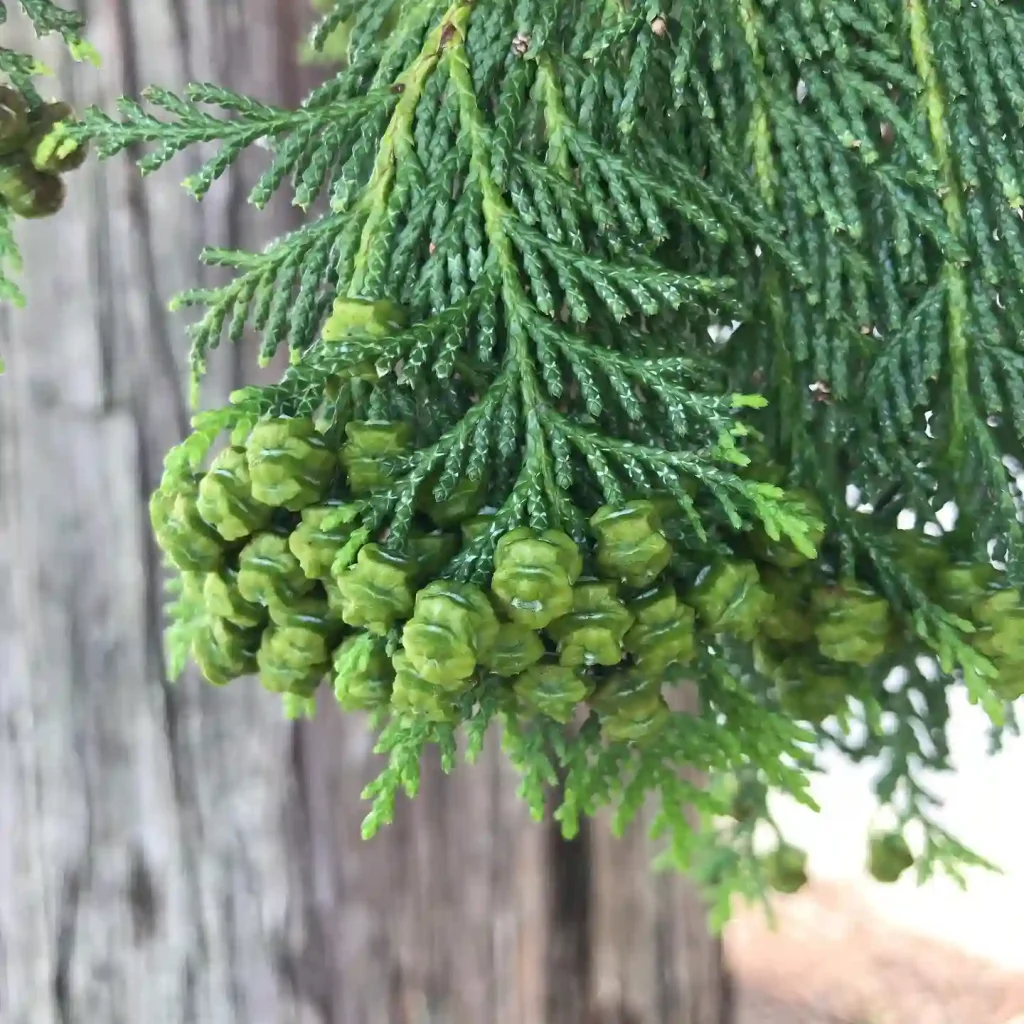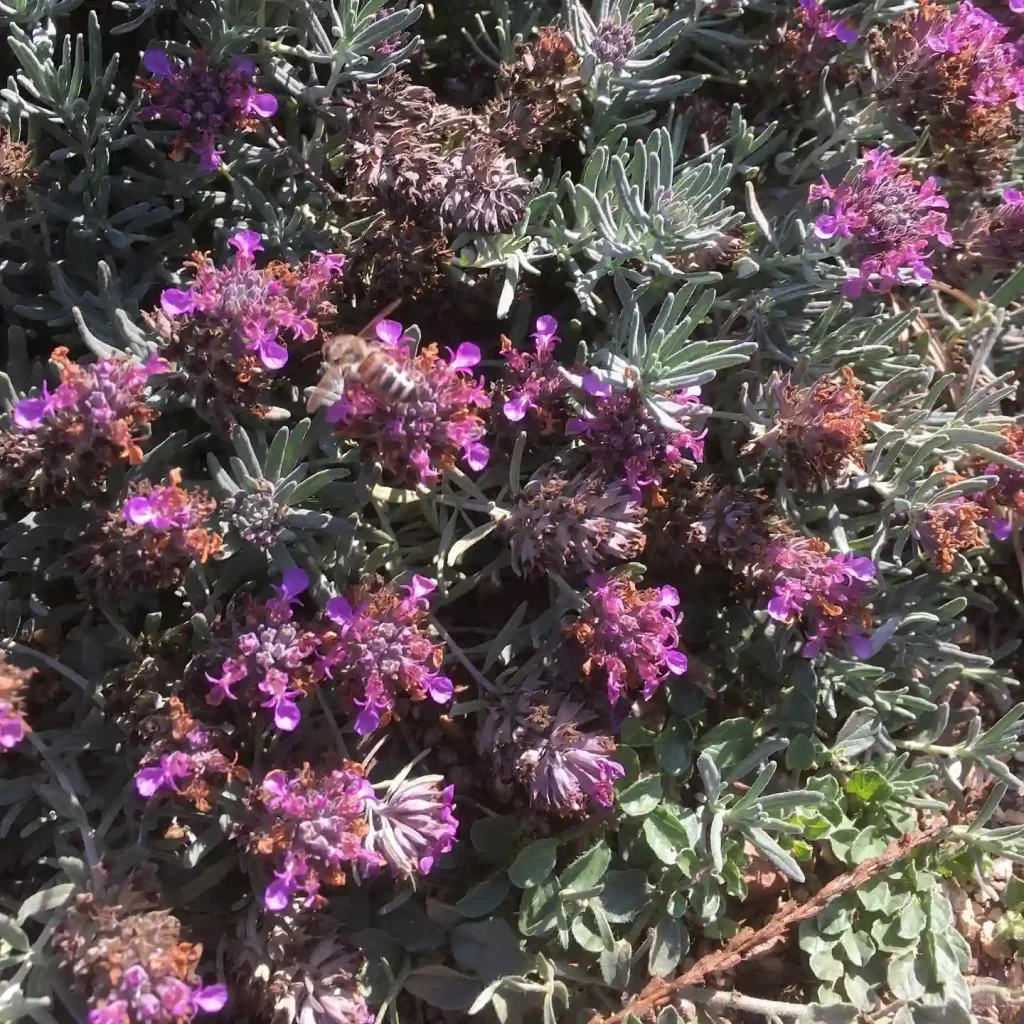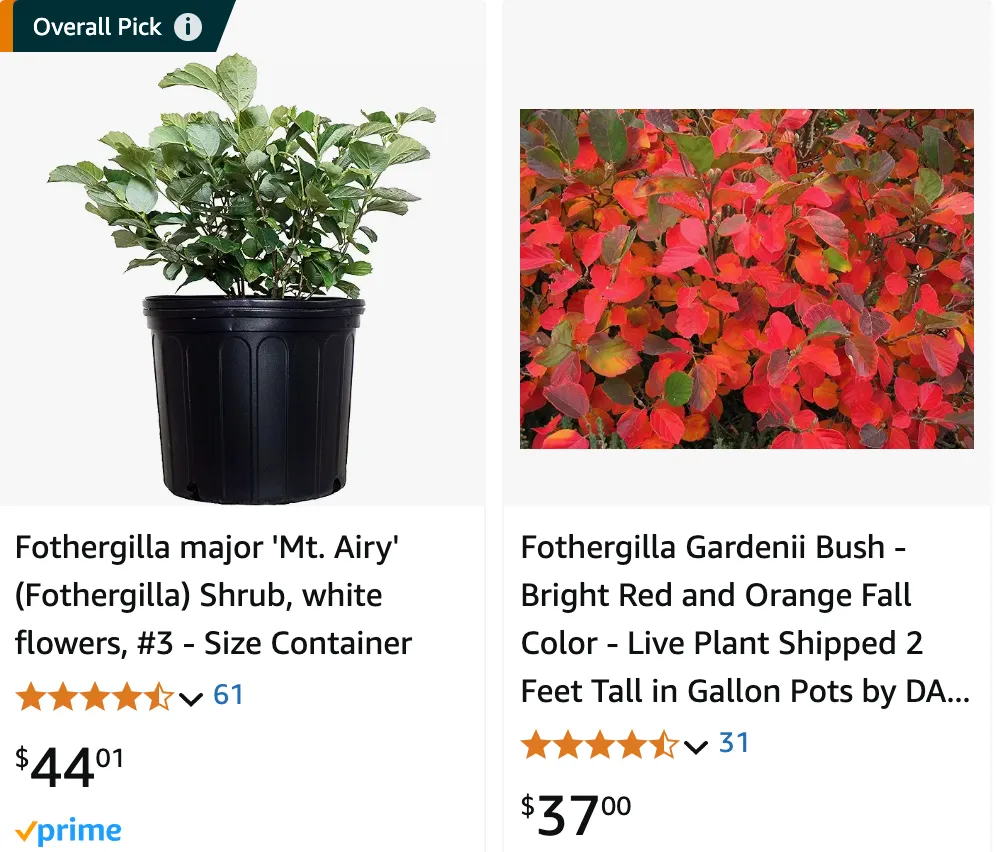
January 24 – Fothergilla
“January 24 belongs to Fothergilla, the fragrant wonder.”
Fothergilla symbolizes warmth and charisma. You have a magnetic personality and a unique ability to connect with others deeply.
Fothergilla: A Southern Gem
My name is Ferb Vu, and I’m a lifelong gardener with a particular fondness for native plants. There’s something special about cultivating species that belong in your local ecosystem. They thrive with minimal intervention, attract beneficial pollinators, and connect you to the natural history of your region. One genus that always captures my attention is Fothergilla, a group of deciduous shrubs native to the southeastern United States, belong to the Hamamelidaceae family. These plants are tough, beautiful, and possess a unique charm that sets them apart in the landscape.
Why I Admire Fothergilla?
What’s not to love? Fothergilla offers something for every season. In spring, they erupt with bottlebrush-like flowers, creamy white and fragrant, resembling fluffy clouds nestled amongst the emerging foliage. The leaves themselves are handsome, often with a bluish cast, providing a textured backdrop for the blooms. As summer progresses, the foliage deepens to a rich green, offering a sense of cool serenity to the garden. But the real show begins in autumn. Fothergilla puts on a spectacular display of fall color, with leaves transitioning through shades of yellow, orange, and crimson. Even in winter, their unique branching structure adds visual interest.
The Species in Fothergilla
While Fothergilla is a small genus, each species has its own distinct personality:
- Fothergilla gardenii – Known as dwarf or coastal fothergilla, this small shrub is native to the southeastern United States and is appreciated for its compact form, typically reaching up to 3 feet in height. Its bottlebrush-like blooms appear in early spring, offering a delightful, honey-sweet fragrance. The leaves are rounded and turn brilliant shades of yellow, orange, and red in autumn, providing a striking seasonal display. Fothergilla gardenii thrives in moist, acidic soils and is often used in woodland gardens and shaded borders where it adds a splash of color in both spring and fall. Plant FAQs: Fothergilla Gardenii
- Fothergilla latifolia – Also known as large-leaved fothergilla, this shrub is a more substantial species, typically growing between 3 and 6 feet tall. It’s distinguished by its broader leaves compared to other fothergillas, which intensify in color during the fall, creating a vivid display of oranges, reds, and yellows. In spring, it produces fragrant, white, bottlebrush flowers that attract pollinators. Fothergilla latifolia is native to parts of the southeastern U.S., and its resilience to various soils and climates makes it a favorite in naturalistic and wild gardens.
- Fothergilla milleri – A lesser-known member of the Fothergilla genus, Fothergilla milleri is a compact shrub that offers a unique blend of traits from other species. This species has a moderate growth rate and produces creamy-white, fragrant flower spikes in early spring, followed by green foliage that transforms to vibrant reds and oranges in fall. It prefers well-drained, acidic soils and partial shade, making it suitable for garden areas with indirect light. Fothergilla milleri is valued for its smaller size and is an appealing choice for smaller landscapes.
- Fothergilla parvifolia – Known for its smaller, more delicate leaves, Fothergilla parvifolia is a compact shrub that reaches heights of about 2 to 4 feet, with a rounded growth habit. This species produces the classic, fragrant, bottlebrush blooms in spring, attracting bees and other pollinators. Its foliage provides an impressive fall display, with colors ranging from yellow to deep red. Tolerant of both full sun and partial shade, Fothergilla parvifolia is particularly versatile in gardens and is commonly used for hedges, borders, or as an accent shrub in smaller spaces.
Cultivating Fothergilla
In my experience, fothergillas are relatively low-maintenance plants. They prefer acidic, well-drained soil and thrive in partial shade to full sun. While they are drought-tolerant once established, they appreciate consistent moisture, especially during hot summers. Pruning is rarely needed, except to remove any dead or crossing branches.
One of the joys of growing fothergilla is their resilience. They are generally pest and disease-free, making them a welcome addition to any garden seeking to minimize chemical interventions. They are also adaptable to a range of soil conditions, though they truly flourish in acidic environments.
Fothergilla in the Landscape
The versatility of fothergilla shines through in its landscape applications. The dwarf forms are excellent for borders, foundation plantings, and even rock gardens. Larger species can be utilized as specimen plants, hedges, or in woodland settings. Their fall color provides a stunning contrast when planted alongside evergreens. I find they pair particularly well with conifers like junipers and hemlocks.
Beyond their aesthetic value, fothergillas are valuable additions to wildlife-friendly gardens. Their flowers attract pollinators like bees and butterflies, and their seeds provide food for birds. By incorporating these shrubs into your landscape, you contribute to the health of the local ecosystem.
A Final Word
For me, Fothergilla represents the best of what native plants offer. They are beautiful, resilient, and contribute to the ecological balance of the garden. Whether you’re a seasoned gardener or just starting out, I highly recommend giving these Southern gems a try. You won’t be disappointed.
If i die, water my plants!
